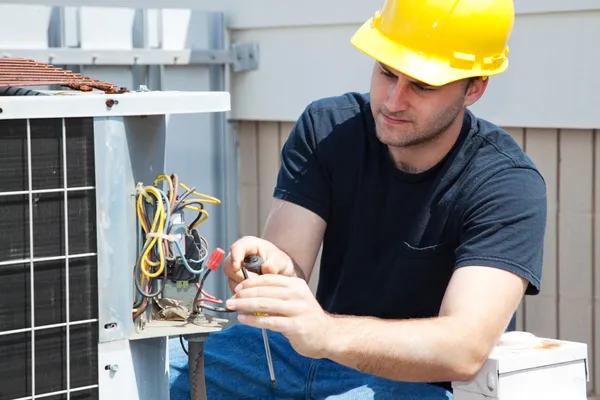Installing an air conditioning system can significantly improve comfort in any building, but the process often involves several challenges that need careful attention to ensure optimal performance and longevity. One common issue is improper sizing of the unit. Selecting an air conditioner that is too large or too small for the space can lead to inefficiency, increased energy costs, and uneven cooling. To address this, it is essential to conduct a thorough load calculation considering factors such as room size, insulation quality, window placement, and local climate conditions before purchasing equipment.
Another frequent challenge arises during the placement of indoor and outdoor units. Incorrect positioning may cause poor airflow or excessive noise. For instance, placing the outdoor condenser near heat sources or in direct sunlight can reduce its efficiency. Similarly, installing indoor units without sufficient clearance around vents restricts air circulation. To prevent these issues, installers should follow manufacturer guidelines carefully and choose locations that facilitate unobstructed airflow while minimizing exposure to environmental stressors.
Electrical complications also pose significant hurdles in air conditioning installation. Many systems require dedicated circuits with appropriate voltage and amperage ratings to operate safely. Failing to upgrade existing electrical infrastructure when needed can result in tripped breakers or even fire hazards. Hiring qualified electricians to assess wiring capacity beforehand ensures compliance with safety standards and reduces future problems.
Refrigerant handling represents another critical area where mistakes commonly occur during installation. Using incorrect types or amounts of refrigerant not only diminishes cooling effectiveness but also risks damaging components like compressors over time. Proper training on refrigerant charging techniques along with adherence to environmental regulations regarding leakage prevention are vital steps for installers.
In some cases, structural limitations within buildings complicate ductwork installation for central air systems or mounting options for split units. Tight spaces might force compromises affecting system accessibility for maintenance tasks later on. Creative problem-solving combined with customized solutions tailored specifically for each property helps overcome these spatial constraints without sacrificing functionality.
Additionally, insufficient sealing around ducts or connections often leads to leaks that reduce overall system efficiency by allowing cooled air escape into unwanted areas while drawing warm air back inside ducts unintentionally. Meticulous inspection coupled with high-quality sealing materials guarantees airtightness throughout the entire network.
Effective communication between homeowners and professionals plays a crucial role throughout this process as well; clearly discussing expectations regarding budget constraints, preferred features, noise tolerance levels, and maintenance requirements enables better decision-making aligned with individual needs.
Air Docs Heating & Cooling
9535 US-1, Sebastian, FL 32958
772-732-6766





